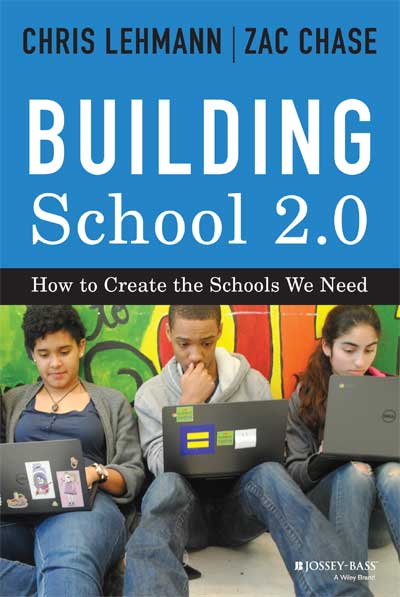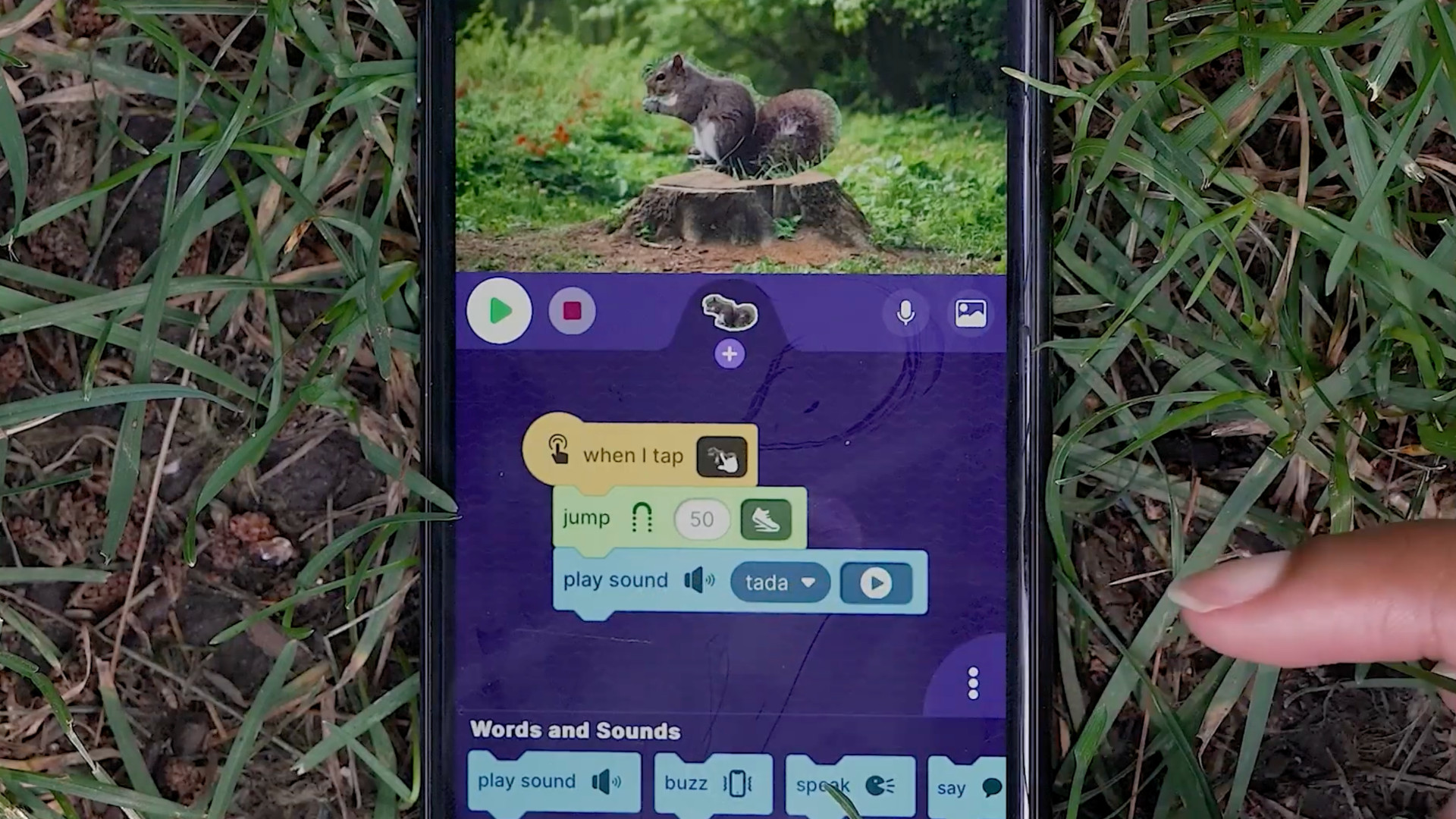Review of Building School 2.0: How to Create the Schools We Need

Review of Building School 2.0: How to Create the Schools We Need
By Shannon Mersand
Authors: Chris Lehmann and Zac Chase
Publisher: Jossey-Bass
Price: $27.95
Rarely does a professional book cause a reader to lose sleep. Rarely is a book about how to improve teaching and learning a page-turner. Chris Lehmann (who will be keynoting T&L Live Chicago on May 6th) and Zac Chase accomplish both of these things in Building School 2.0. Their writing style is warm, engaging, and free of rhetoric, and the advice they offer is not unattainable but couched in the story of their beliefs about education and how they brought them to life in a real school setting. Readers will lose sleep as they read late into the night and imagine the changes they will make in their classrooms and schools.
Lehmann and Chase invite readers to engage in a conversation about how to transform education in order to produce the kinds of graduates our country needs. Based on their experiences creating Science Learning Academy (SLA), a technology-rich, collaborative, learner-centric school in Philadelphia, the authors present 95 theses to consider when looking at education and educational reform.
Tech & Learning Newsletter
Tools and ideas to transform education. Sign up below.
Each thesis offers a thoughtful question or idea and then presents the theory in practice. “Technology Should Transform School, Not Supplant It,” for example, reminds us that technology alone cannot help students learn to be active and caring citizens. Technology itself is not the golden ticket to the future of education. Human interactions and teachers are still needed to create experiences with the technology that will help form the citizens we need for tomorrow. Lehmann and Chase remind educators to check that their use of technology aligns not only with the vision and mission of their classrooms, but also of their schools. They advise caution when considering promises of increased student achievement and warn about problems that some technologies may create. They celebrate teachers who brought in a transformative technology, rather than the technology itself.
In the section titled “Preschool Is a Great Model,” the authors explore the reality that many schools spend a great deal of time teaching elementary-school students how to interact with and care for one another. But by the time students reach high school, this kind of instruction ceases in favor of focusing on student performance. When educators focus more on performance, and less on soft skills, they may miss key opportunities to inspire student learning and even impact student achievement. Staff at SLA make a habit of connecting with students on a personal level and sharing students’ successes, and not just failures, with parents via email. They invite students not only to take part in parent-teacher conferences, but also to lead the conferences, choosing which successes they want to share along with their plans for improvement.
Lehmann and Chase remind educators that they’re teaching 21st-century citizens, not just a future workforce. They offer sage counsel—for example, never take yourself too seriously and remember that the work is not about teachers but about the kids. They encourage educators to listen in order to understand, to rethink how they run their classrooms, and to reimagine what it means to be an educator. “In the schools we need, teachers teach not as they were taught, but as students need to learn” (p. 123).
One of the striking pieces of advice they give is to let go of some of the control. They encourage teachers to be more flexible, for example, about accepting work after it is due. When teachers engage in the “gotcha” mentality, the message they send to students is that it’s more important to meet a deadline than to do their best work. Deadlines are important, but showing compassion and goodwill also teaches students a valuable lesson.
Lehmann and Chase also encourage teachers to allow for student choice, whether it’s in the final product that shows what they’ve learned or in the literature they want to read. They illustrate this kind of choice with an example from Chase’s classroom. He wanted students to practice nonfiction writing and so asked them to identify a problem in their community and determine ways they thought they could address it. With this approach, students were able to choose what they wanted to research and then they sought out grants to fund the solutions and wrote the grant applications. In another project, students were asked to identify a named building in the community, investigate it, and tell the story of the building and of the person for whom it was named. One struggling student decided to make a video documentary about a local middle school, and in the course of his research he discovered two issues that he felt were injustices. This invoked a passion in him, which pushed him to give the project his all and show his teachers his strengths in ways a traditional project may not have. Assignments like these allow for authentic, student-driven learning. By allowing students choice, educators reinforce the idea that each student has a voice and different strengths, and that these qualities are valuable.
Usefulness in the Classroom:
The book includes 95 tenets for educators to consider and implement in their classrooms and schools, along with helpful advice about how to do so. These propositions range from “Vision Must Live in Practice” and “Reflection Means Better, Not More” to “Assume Positive Intent” and “Why Do We Need to Know This?” The tenets address learning at its most basic level, with the students, where it matters.
Subject Area Usefulness:
This book is appropriate for administrators, building leaders, department chairs, and classroom educators in all facets of education from Pre-K to the university level.
